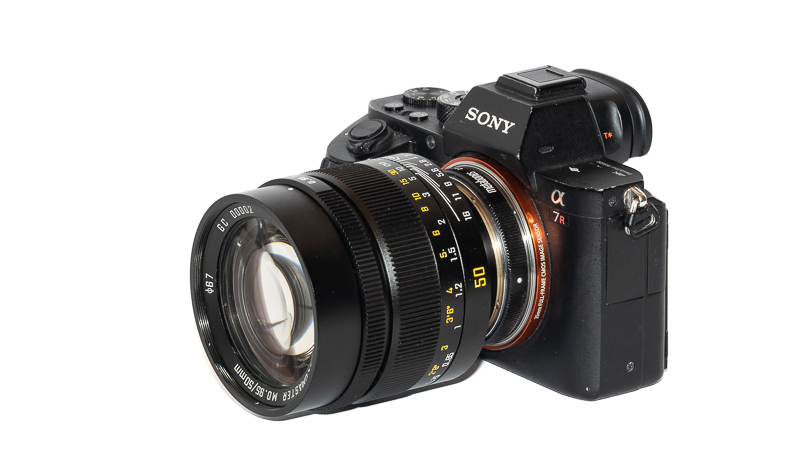Introduction

The Leica Summicron-M 90mm 2.0 has been Leica’s top of the line M-mount portrait lens from 1980 to 1998. It is also one of the first lenses I reviewed for this blog, but I had to sell it to fund the Zeiss Loxia 85mm 2.4 back in the day. Yet, I somehow missed this Leica’s high contrast look and nice bokeh, so I decided to give it another chance.
Lens is being tested on 42mp Sony A7rII and 24mp Leica M10
Sample Images






























